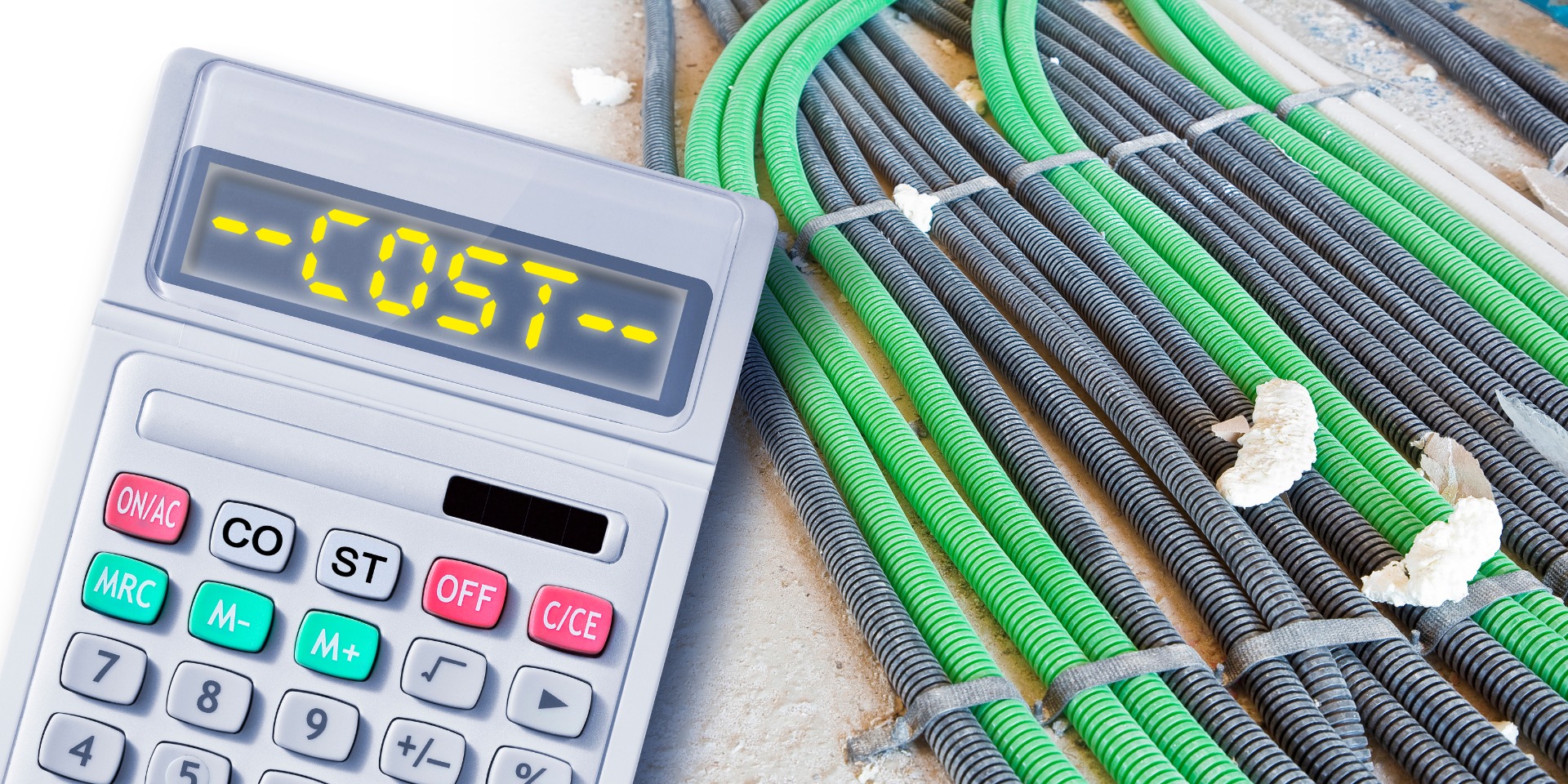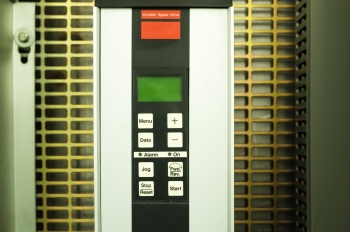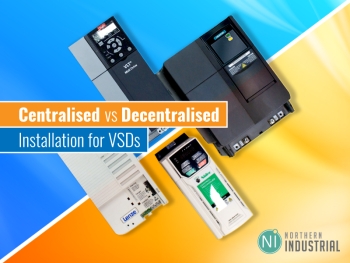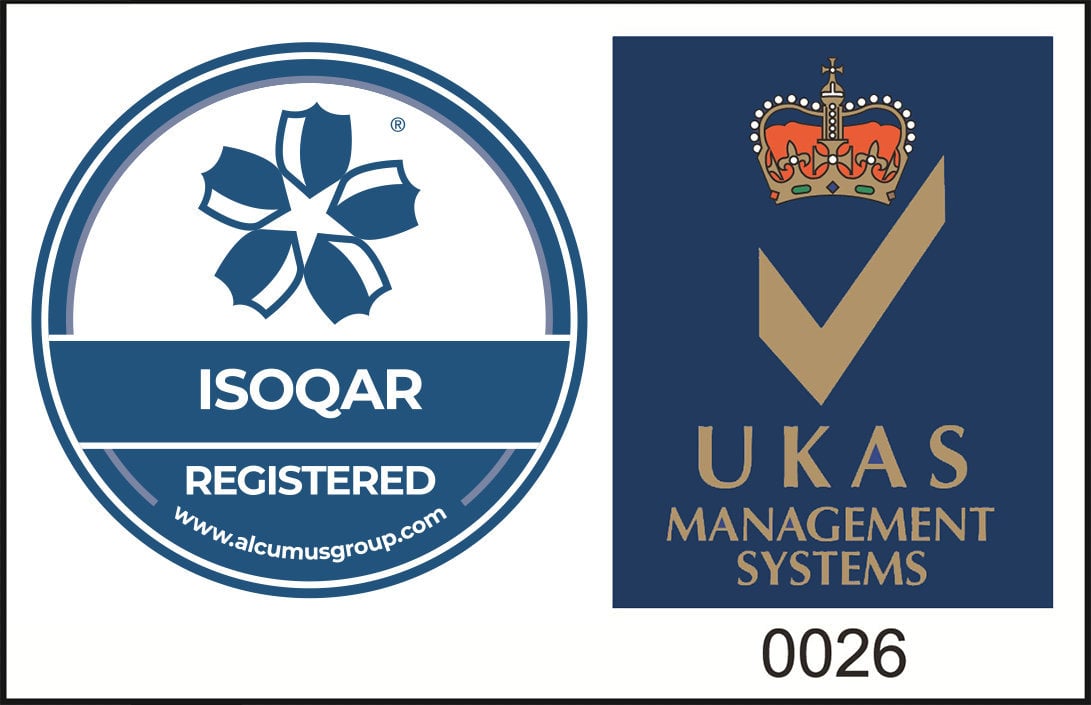

Fight Energy Costs With Your Inverter
Published: 02/09/2022
Fight Energy Costs This Winter With Your Inverter
No matter what sector you operate in, electronic motors have become a dominant force in every industry. Variable speed drives (VSDs) are more integral than ever due to their ability to reduce energy consumption and optimise operations by controlling the motor speed. In contrast to a variable frequency drive (VFD) which controls the motor speed by changing both voltage and frequency and is used solely for AC applications, the VSD alters the speed through the input voltage alone on AC and DC motors alike, making it a more versatile choice for processes including both motor types. With AC power, VSDs most commonly use a rectifier circuit which converts AC to DC power at the desired level of voltage and amperage, allowing the drive to adapt. If your motor powers a variable torque application, having the option to reduce speed and therefore reduce energy usage is crucial. Without this additional tier of control, your options are limited to on at full speed or off completely.
According to The Carbon Trust, electric motors are responsible for up to 40% of global electrical power consumption, therefore the power of a VSD goes beyond financial savings and lends itself to reducing your carbon footprint.
Variable speed drives hold the power to reduce energy consumption across a vast spectrum of industries. The most common torque categories are as follows:
Linear Torque Load - Torque requirements increase proportionally as speed likewise increases.
Requires a starting torque close to the rated torque of the motor. Small changes will occur as they near the rated speed.
Variable Torque Load - Torque requirements increase in proportion to the square of the speed and reach 100% torque just below rated speed.
In the above three examples, energy savings are most significant where variable torque loads are present. By reducing the motor speed by 20%, it is generally reported that savings of around 48% can be reaped. This theory is most commonly known as Cube Law, however do not be blinded by this significant percentage and also consider other factors such as static and frictional losses for instance. The outcome will be entirely dependent on your application. For example, a fan or pump usually operates intermittently and does not require full speed continuously, so a variable speed drive can alter the motor speed to correlate with the demands of the application, resulting in significant energy savings.
The size of your motor can also have a significant impact on financial performance. If you want more bang for your buck, choosing a smaller motor and pairing it with a VSD is proven to provide a more long term saving. In this case, the motor is capable of supporting itself during regular operations and when demand spikes, the VSD steps in to increase output, negating the need for a constant heavy duty power supply. The VSD is not a monogamous device, with integrated sensors programmed to monitor operational efficiency, they can be connected to multiple motors and therefore when installed correctly, result in savings across the board. Most often, a new motor will be recommended for VSD applications and while this is a good move due to enhanced ventilation, investing more capital on top of the inverter may not be a preferable choice. In these instances, it is possible to extend the lifespan of existing motors by optimally installing your inverter.

The Initial Cost of a Variable Speed Drive Versus Energy Savings
The big question is, do the benefits tip the scale in their favour when pitted against the initial investment capital required for a VSD?
The key to unlocking maximum savings is in selecting the right VSD for your application. If you need some assistance with making the decision, click here and discover how to fuse a VSD into your operations.
Having reached the point where you have chosen a suitable drive, there are other cost factors to consider before taking the plunge into industrial automation. Depending on the voltage of the drive, varied cable sizing will be needed. For instance, if your drive has a low voltage(LV), more cables per phase are essential as it draws more current than its medium voltage (MV) counterpart, meaning your installation costs increase. In contrast, a medium voltage drive will not require such large cables and racking, reducing the financial investment needed to successfully implement a VSD. When you are pricing up cabling, do not forget to consider the installation location as this will determine the length of the cable required and whether you will require an output filter to prevent voltage spikes diminishing the lifespan of your motor.
Power quality is also imperative when installing your VSD. Your power should be constant without disruption and deliver said power within voltage and frequency tolerances stated by your motor manufacturer. If you experience disruptions, this is a clear indicator of poor power quality. With voltage sags being one of the main culprits when it comes to operational inefficiencies, neglecting to find a solution could result in prolonged periods of unplanned downtime as you repair or replace the part. However, we cannot allow voltage sags to shoulder the entirety of the blame as harmonic distortion is also a notable offender.
In Load Harmonics Analysis and Mitigation, a study by Liang and Adedun, it was found that “25% of the harmonic costs were related to equipment, either in the form of damage or additional maintenance.” In short, a load harmonic analysis is essential to prolonging the life of your equipment, particularly when new equipment is introduced to an existing system. Special attention should be paid to lower voltage drives in contrast to medium voltage which are equipped with a rectifier configuration. While MV drives once had a reputation for being more costly, we are witnessing this cost decreasing as they become an increasingly popular choice. With lower cabling costs, increased harmonic stability and its built in transformer, medium voltage solutions have become a frontrunner when selecting VSDs.
Finally, make sure your inverter is tuned correctly. By disconnecting the motor load, verifying your wiring and parameters such as rated current, rated RPM and so on, you can minimise your energy expenditure.

Want to find out more?
If you'd like to learn more, click the button below and one of our helpful friendly team will be in touch. Alternately you can reach us by phone on +44 800 234 3747
Share this article




























